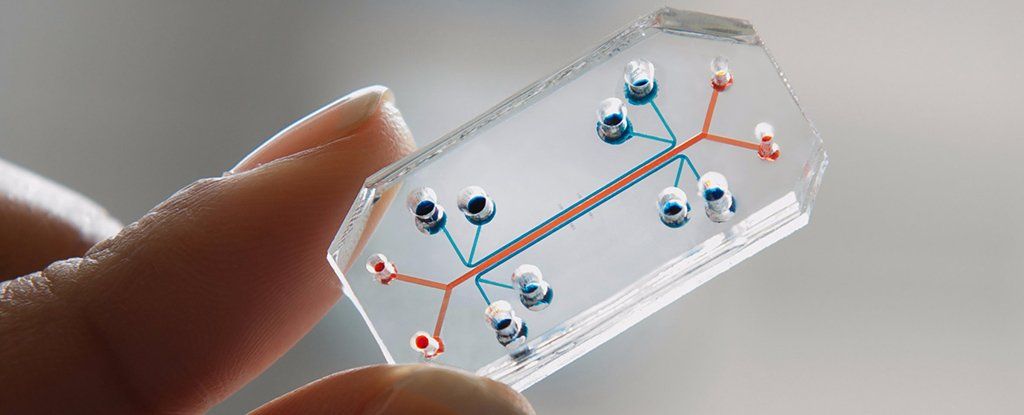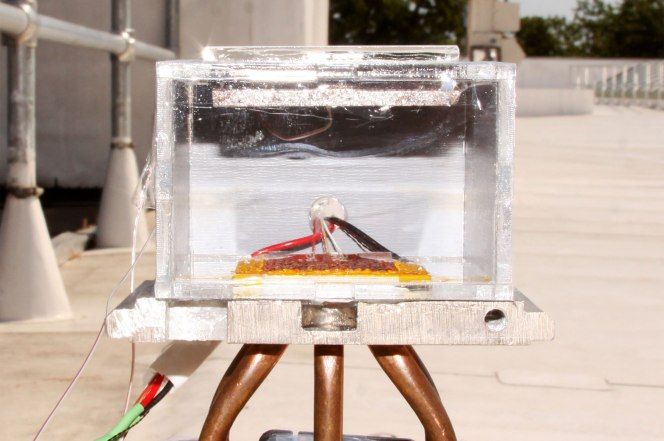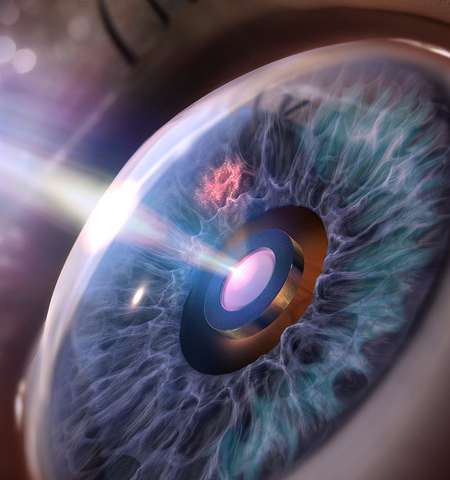“Economist and filmmaker Manuel Stagars portrays this exciting technology in interviews with software developers, cryptologists, researchers, entrepreneurs, consultants, VCs, authors, politicians, and futurists from the United States, Canada, Switzerland, the UK, and Australia.”
Get the latest international news and world events from around the world.

All coins are created equal
Zcash is the first open, permissionless cryptocurrency that can fully protect the privacy of transactions using zero-knowledge cryptography. The Zcash client is now available for download as a command-line tool for Linux.
Get Started

Who wants to live forever? Transhumanism’s vision of the future for wealthy white males
It’s tricky to bring transhumanism into sharp focus. As with, say, feminism, the meaning of the word varies hugely between individuals who identify with it, and the level of commitment may vary between an occasional affirmation or a crusading passion. Like feminism, transhumanism has many factions, often at war with one another, or with the broader culture; as with feminism, a lot of people identify as transhumanist without spending much time learning what those who coined the term were actually on about. Transhumanism broadly considers technology as an emancipatory route to individual and/or collective transcendence over the ‘limitations’ of the human condition.

The FDA Just Struck a Deal That Could Replace Animal Testing With a Tiny Chip
“A future without animal testing is getting closer. On Tuesday, the Food and Drug Administration agreed to a research-and-development collaboration with Emulate, a company that makes “organs-on-chips” technology.
The hope is that instead of testing new drugs or supplements on animals, researchers can use Emulate’s chips.
To start, the collaboration between the FDA and Emulate will focus on the company’s Liver-Chips, which are meant to show how an animal’s liver may react to a certain drug.

Solar-powered device turns air into drinkable water
Scientists literally pulled this out of thin air.
Engineers at MIT and the University of California Berkeley have designed a system, powered by sunlight, that can turn air into liters of drinkable water.
This box has the potential to help drought-stricken communities, desert explorers or — someday — astronauts traveling to dry, dusty planets. The report was a href=” http://science.sciencemag.org/content/early/2017/04/12/science.aam8743” target=”_blank”

Getting paid to do nothing: why the idea of China’s dibao is catching on
China’s minimum living standard guarantee, named dibao, is receiving fresh interest in the region as countries from Korea to India turn to universal basic income (UBI) to boost their economies and combat the coming automation-induced job crisis.
Asia-Pacific countries are beginning to consider their own form of universal basic income in the face of an automation-induced jobs crisis.
By David Green
Mom or dad: Russia has a more powerful bomb than the U.S.
Washington recently used the world’s most powerful non-nuclear bomb, coined ‘The Mother of All Bombs,’ against ISIS – but Russia has a device that can easily play the ‘father’ role.

Black silicon prevents eye implant from gumming up
A team of researchers led by Caltech’s Hyuck Choo has developed an eye implant for glaucoma patients that could one day lead to more timely and effective treatment.
If you have ever been to an ophthalmologist, you have probably had your eye pressure checked: with your chin resting on a support to keep your head still, the doctor applies pressure to your eye either via a puff of warm air or by gently pressing a probe against the eye’s surface. By measuring the amount that surface deforms as a result of a known amount of pressure, the ophthalmologist can calculate a rough estimate of the intraocular pressure.
While effective enough for routine eye exams, the technique is not sufficient for patients suffering from glaucoma. Glaucoma affects more than 2 million people in the United States, and is the second leading cause of blindness after cataracts. It is actually a family of eye diseases that are characterized by an increase in the pressure of the fluid inside the eye. That pressure damages the optic nerve at the back of the eye.

Trapped ions and superconductors face off in quantum benchmark
The race to build larger and larger quantum computers is heating up, with several technologies competing for a role in future devices. Each potential platform has strengths and weaknesses, but little has been done to directly compare the performance of early prototypes. Now, researchers at the JQI have performed a first-of-its-kind benchmark test of two small quantum computers built from different technologies.
The team, working with JQI Fellow Christopher Monroe and led by postdoctoral researcher Norbert Linke, sized up their own small-scale quantum computer against a device built by IBM. Both machines use five qubits—the fundamental units of information in a quantum computer—and both machines have similar error rates. But while the JQI device relies on chains of trapped atomic ions, IBM Q uses coupled regions of superconducting material.
To make their comparison, the JQI team ran several quantum programs on the devices, each of which solved a simple problem using a series of logic gates to manipulate one or two qubits at a time. Researchers accessed the IBM device using an online interface, which allows anyone to try their hand at programming IBM Q.

Computers create recipe for two new magnetic materials
Material scientists have predicted and built two new magnetic materials, atom-by-atom, using high-throughput computational models. The success marks a new era for the large-scale design of new magnetic materials at unprecedented speed.
Although magnets abound in everyday life, they are actually rarities—only about five percent of known inorganic compounds show even a hint of magnetism. And of those, just a few dozen are useful in real-world applications because of variability in properties such as effective temperature range and magnetic permanence.
The relative scarcity of these materials can make them expensive or difficult to obtain, leading many to search for new options given how important magnets are in applications ranging from motors to magnetic resonance imaging (MRI) machines. The traditional process involves little more than trial and error, as researchers produce different molecular structures in hopes of finding one with magnetic properties. Many high-performance magnets, however, are singular oddities among physical and chemical trends that defy intuition.